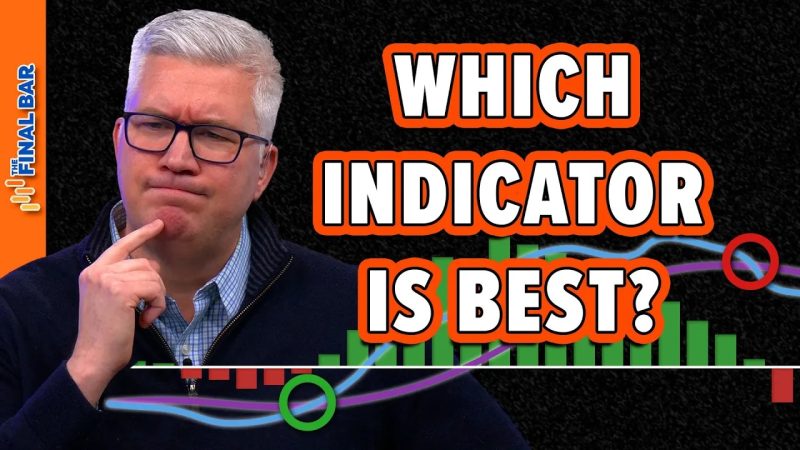Technical Indicator Showdown: MACD vs. PPO vs. PMO
Moving Average Convergence Divergence (MACD), Percentage Price Oscillator (PPO), and Price Momentum Oscillator (PMO) are three popular technical indicators in the world of trading and investing. All three indicators are used by traders and analysts to gauge price trends, momentum, and potential buy or sell signals. In this article, we will delve into the key differences and similarities between MACD, PPO, and PMO to help you better understand how these indicators can be used in your trading strategy.
MACD is a widely used momentum oscillator that consists of two lines: the MACD line and the signal line. The MACD line is calculated by taking the difference between two exponential moving averages (usually 12-day EMA and 26-day EMA), while the signal line is a 9-day EMA of the MACD line. When the MACD line crosses above the signal line, it is considered a bullish signal, indicating a potential uptrend. Conversely, when the MACD line crosses below the signal line, it is seen as a bearish signal, signaling a possible downtrend.
PPO is a variation of MACD, used to measure the difference between two moving averages in percentage terms rather than absolute terms. By calculating the difference between two moving averages and dividing it by the longer moving average, PPO aims to show the percentage difference between the two averages. Like MACD, PPO also consists of a signal line, which is typically a 9-day EMA of the PPO line. Traders use PPO in a similar way to MACD, looking for bullish or bearish crossovers between the PPO line and the signal line to identify potential trading opportunities.
On the other hand, PMO is a unique indicator that combines price and volume data to calculate momentum. The PMO is calculated by subtracting a 35-day EMA of the closing price from a 20-day EMA of the closing price, and then dividing the result by the 20-day EMA. The PMO line is used to track price momentum, with higher values indicating strong bullish momentum and lower values suggesting bearish momentum. Traders often look for crossovers and divergences in the PMO line to identify potential reversals in price direction.
While MACD, PPO, and PMO all aim to provide traders with insights into price trends and momentum, each indicator has its unique strengths and limitations. MACD is popular for its simplicity and effectiveness in identifying trends, while PPO offers a clearer view of percentage differences between moving averages. PMO, on the other hand, incorporates volume data to provide a more comprehensive picture of price momentum.
In conclusion, understanding the key differences and similarities between MACD, PPO, and PMO can help traders choose the right indicator for their trading strategy. Whether you prefer the classic MACD, the percentage-based PPO, or the volume-inclusive PMO, incorporating these technical indicators into your analysis can enhance your decision-making process and potentially improve your trading outcomes.




























